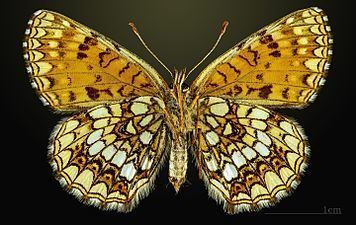Rank Species | Genus Melitaea Higher classification Melitaea | |
 | ||
Similar Heath fritillary, Melitaea, Pearl‑bordered fritillary, Butterflies and moths, Lasiommata maera | ||
The false heath fritillary (Melitaea diamina) is a butterfly of the Nymphalidae family.
Contents
Subspecies
Subspecies include:
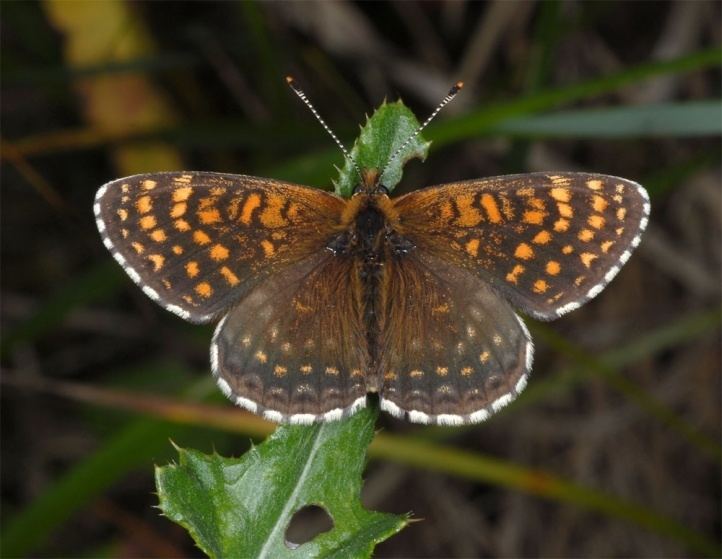
Distribution and habitat
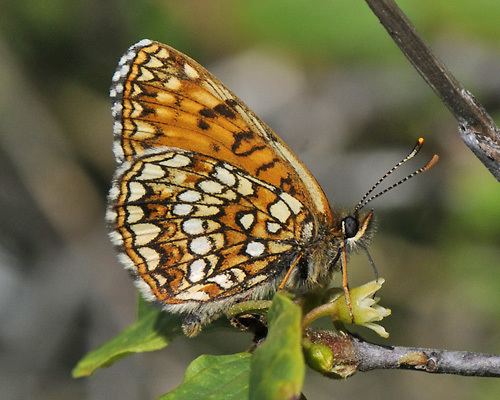
This species is widespread in Central and Southern Europe (from North Spain, South and East France, Italy and eastwards into South Scandinavia and Bulgaria), Southern Siberia, North East China, South Ussuri, Korea and Japan. These butterflies live in damp flowery meadows, woodland margins and rides from low to alpine levels up to 2200m.
Description
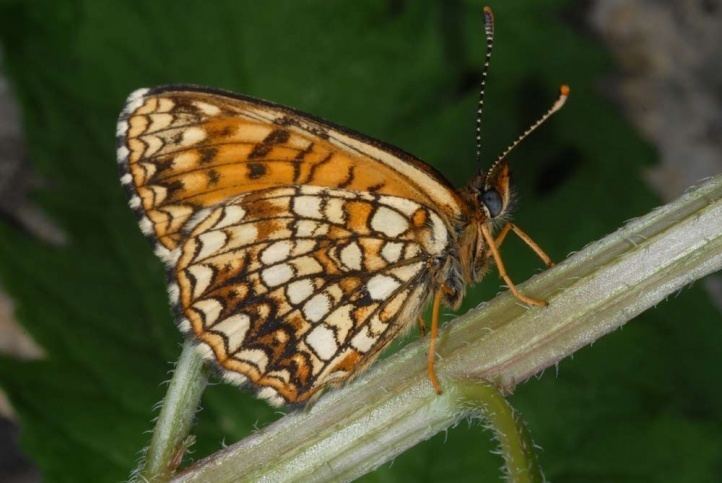
Melitaea diamina has a wingspan of 36–42 mm. Females are larger than males. This medium-sized species is highly variable in extent of black markings and in the diversification of ground colour on the upperside of the wings.The upper side of the wings usually is black-brown, with yellowish-orange ground color and white chechered fringe. On the upperside of the hindwings there are very heavy dark markings. Sometimes it may be uniformly dark brown. The underside of the hindwings shows a submarginal series of white half-moons and a few bands of creamy-white and orange checkers.
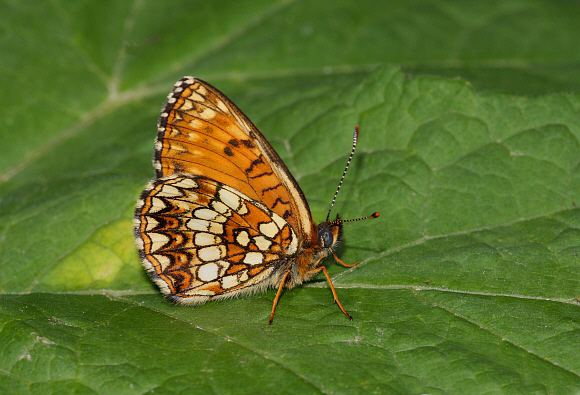
This species is rather similar to Melitaea varia, Melitaea parthenoides, Melitaea aurelia, Melitaea britomartis, Melitaea deione, Melitaea asteria and Melitaea athalia.
Biology
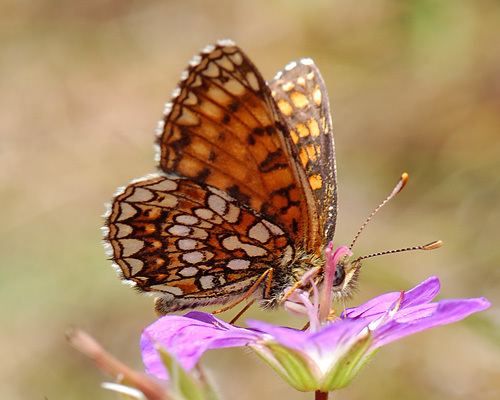
This species usually has a single brood from May to July depending on the altitude. In some warmer regions it may have a second generation. Caterpillars feed on Valeriana officinalis, Valeriana sambucifolia, Valeriana dioica, Valeriana wallrothii, Filipendula ulmaria, Veronica chamaedrys, Plantago lanceolata, Melampyrum pratense, Melampyrum nemorosum, Polygonum bistorta and Patrinia species. Pupation occurs on the host plants near to the ground. Adults fly from May to September.
